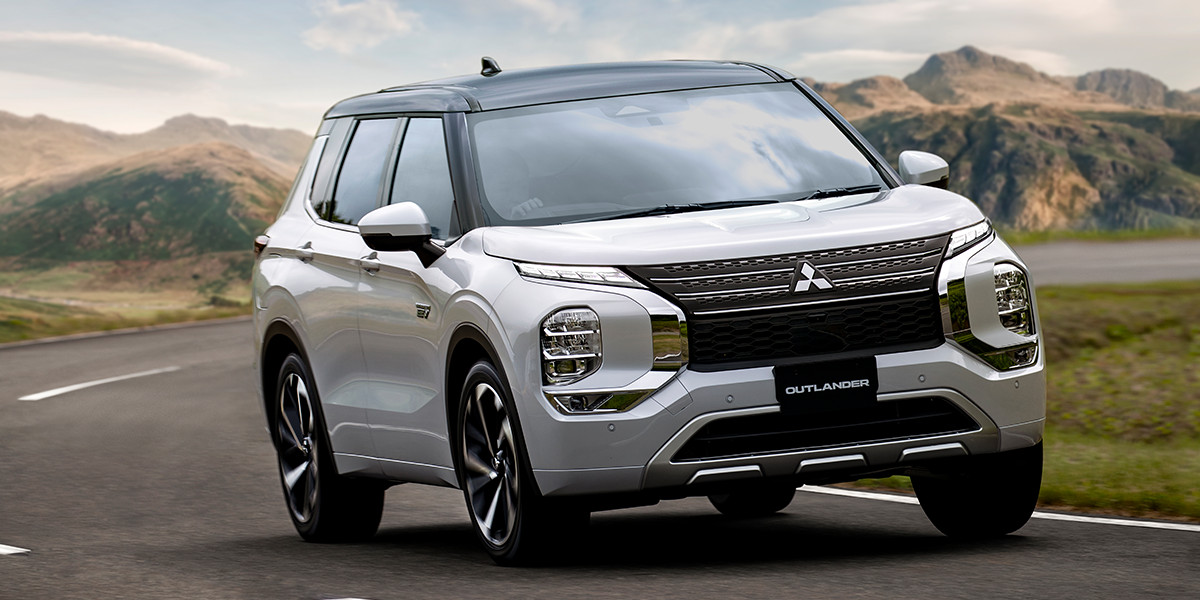6 Signs It's Time for Overgrown Tree Trimming in Your Yard
Trees are a wonderful addition to any yard, offering shade, beauty, and environmental benefits. However, without proper care

Trees are a wonderful addition to any yard, offering shade, beauty, and environmental benefits. However, without proper care, they can quickly become overgrown and start to cause problems. Knowing when to trim overgrown tree can save you from more significant issues down the road.
Here are 6 clear signs that it's time to schedule trimming for your trees. Read on to find more!
-
Branches Are Growing Too Close to Your Home
One of the most obvious signs your tree needs trimming is when its branches start to encroach on your home or other structures. Overgrown branches can scrape against your roof, windows, or siding during windy weather, causing damage.
When branches grow too close, they can also become a gateway for pests, such as squirrels or ants, to access your home. Trimming these branches not only protects your property but also maintains the tree's shape and health.
-
The Tree Looks Unbalanced or Overcrowded
An overgrown tree often loses its natural shape, appearing lopsided or excessively dense. This uneven growth can make the tree look unsightly and put unnecessary strain on its structure.
When branches grow too thickly, they can block sunlight from reaching the lower parts of the tree, causing the inner branches and leaves to die off. Overgrown tree trimming ensures the tree maintains a balanced appearance while promoting even growth throughout.
-
Dead or Dying Branches Are Visible
Dead or dying branches are not only unsightly but also dangerous. They can fall unexpectedly, posing a risk to people, pets, and property. Deadwood also attracts pests and diseases that can spread to the rest of the tree, compromising its overall health.
If you notice brittle, leafless branches or limbs that don’t move with the wind, it’s a sign that the tree requires immediate trimming. Removing these branches prevents further damage and encourages healthier growth.
-
Low-Hanging Branches Obstruct Pathways
Low-hanging branches can interfere with walkways, driveways, or areas where people frequently gather. These branches can be inconvenient and potentially hazardous, especially if they block visibility for drivers or create obstacles for pedestrians.
Trimming these branches improves accessibility and ensures safety in your yard, making it a more enjoyable space for everyone.
-
Excessive Leaf Shedding or Debris
While trees naturally shed leaves, excessive debris could indicate that your tree is struggling. Overgrown trees tend to produce more leaves and branches than they can sustain, leading to constant shedding.
If your yard is covered in leaves, twigs, or small branches, it’s a sign the tree needs trimming to reduce its volume and improve its overall health. Regular maintenance will also save you the hassle of constant yard cleanup.
-
The Tree Shows Signs of Disease or Infestation
Overgrown trees are more susceptible to diseases and pests, which can quickly spread if not addressed. Look for signs like discolored leaves, fungal growth, or unusual holes in the bark.
Diseased or infested branches should be trimmed promptly to prevent the problem from spreading to the rest of the tree or nearby plants. Professional arborists can assess the situation and recommend the best course of action.
What's Your Reaction?






















